As a measure of how far the University of Memphis football program has come under head coach Tommy West, consider the fact that West and his staff openly encourage their squad to talk about a championship. They raised and pushed the topic in July and August, when the late-summer sun could melt an athlete’s motivation like an unattended ice cream cone.
“When I first got here,” says West, “I talked about our goal as always being to win a championship. That was unrealistic at the time. We weren’t good enough. Now, three of the last four years, we’ve finished one win away from playing for [the Conference USA] championship. That’s our goal now, and it’s what our players talk about. But it has to come from them, and it has to be realistic.
“We’ve come a long way. I often hear it’s harder to stay there than to get there, but I’m not sure about that. Because it’s a fistfight every day, trying to get there. You better be ready to roll your sleeves up, because there’s somebody trying to keep you from getting there every day.”
Having enjoyed winning seasons followed by bowl games in four of the last five years, the Memphis program has put together its most fruitful decade on the gridiron since the Tigers averaged seven wins during the 1960s under coach Billy Murphy. (It should be noted the team never played more than 10 games in a season during the Sixties, as compared to as many as 13 since West took over in 2001.) Success and stability are longtime partners, and West becomes only the fourth coach in Tiger history to open an eighth campaign when the U of M visits Oxford to face Ole Miss Saturday.
While West has some concerns entering the fall, surprisingly, they don’t involve the quarterback position, where untested junior transfer Arkelon Hall will take over for Martin Hankins, the second-most prolific passer in Memphis history.
“We’re pretty solid offensively,” says West. “I think I know who our people are. We’re gonna be a little bit different at running back. Curtis Steele is probably going to start for us there.” Charlie Jones — a senior transfer from Miami — should also get plenty of carries.
On the subject of his rookie quarterback, West likes the versatility Hall should bring. “His strength is throwing,” notes the coach. “I hope Arkelon is as good a thrower as what we’ve had; if he is, we’re going to be really good. And I think he can be. But he brings something [new] to the table: running the ball. He runs better than Danny [Wimprine] or Martin [Hankins] did. Both he and [backup QB Tyler] Bass are throwers who can run. These two kids run well enough to get out of trouble and create some problems for a defense.”
Whatever chances the Tigers have for their first Conference USA title will ultimately come down to the players on the field, those surrounding Hall on offense, and those providing the defense. Three of these players, in particular, are worthy of attention as the 2008 season begins.
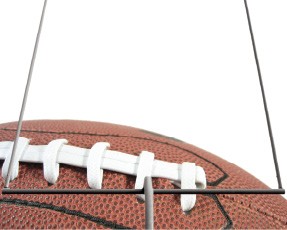
Clinton McDonald would command a room without saying a word. Listed at 6′-3″ and 265 pounds, the senior defensive lineman has muscles where you didn’t know they existed. But it’s when McDonald speaks — shoulders up, eye contact, nary an “um” — that it becomes clear his current teammates will not be the last group to follow his lead.
“Clint is the leader of our team,” says West. “He’s well-respected amongst our team and coaches because of his work habits. He practices what he preaches. He comes to work every day and lives his life the right way. I would tell any young player, if they’re picking someone to follow, follow him. Do what he does. What we preach — accountability, from the time you get up ’til the time you go to bed — Clint does, every day.”
Last season, McDonald became the first junior to be elected captain at Memphis in more than 15 years. While West’s endorsement says a lot about what McDonald brings to the team, the fact that it was his teammates who elected him captain both inspired and humbled the native of Jacksonville, Arkansas.
“I was surprised,” recalls McDonald. “I was a junior at the time. When it was time to talk, people listened to me. It’s the way I showed my enthusiasm for the program. [No seniors] were opposed to it. Respect’s a two-way street; you’ve got to give to receive. They respected what I stood for.”
McDonald is surprisingly humble in evaluating what has placed him in a position where so many follow his example. “In order to be a leader,” says McDonald, “you have to come from where everyone else comes from. You can’t just enter the military and say, ‘Okay, I’m a general now.’ You have to have credentials and the same dedication everyone else has — just work harder at it. Being a leader, people look up to you, wherever you are. If my standards are low, everyone else’s standards are low.”
McDonald’s unit will be among the deepest and most experienced on the Tiger squad. Also returning this season are Greg Terrell, Freddie Barnett, Steven Turner, and Josh Weaver. Along with McDonald, this quintet combined for 182 tackles in 2007. If games are, in fact, won in the trenches, McDonald’s crew will be the difference makers.
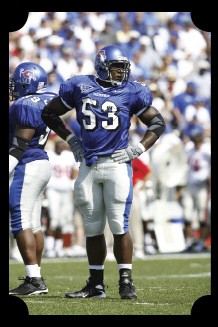 by Joe Murphy
by Joe Murphy
defensive tackle Clinton McDonald
“If you look at other rosters,” says McDonald, “the sizes are about the same, and the speed might be the same. But it’s heart. It’s guys going out there, making a difference. A body’s only as strong as the heart it carries.”
After the 2007 season, Tiger free safety Brandon Patterson was named an Academic All-America by ESPN, the first Memphis football player in 15 years to be so honored. And it was earned. A finance major, Patterson actually graduated in August 2007 and will be working toward his master’s degree as a senior football player this fall. (The 22-year-old graduate of Germantown High School spent the summer interning with an investment consulting firm.)
“I have a good support staff at the University of Memphis,” says Patterson. “And, of course, my parents who always instilled in me to put school first, then all other activities. You need to stay focused, both on graduating and what you’re doing on the football field. Don’t get off task. That’s what I’ve done.”
“Some people come to school to play football,” says McDonald, “and some people come to get an education. Brandon came to do both. You have to have a lot of heart — and a certain passion — to come out to the field at 5 a.m. [after you’ve already graduated].”
“You know what motivates me?” asks Patterson. “It’s just love of the game. I want to win. It motivates me every day.”
On the field, Patterson led the Tigers with three interceptions last season, and his 77 tackles are the most by a returning player. The role he plays in the secondary this season is a primary variable in West’s outlook for how far the team can go.
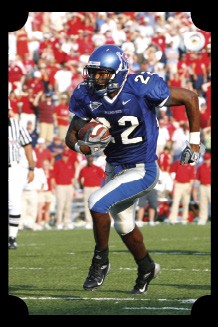 by Joe Murphy
by Joe Murphy
wide receiver Duke Calhoun
“My biggest concern is our defensive backfield,” says West. “That’s where we have some personnel issues, as far as who’s going to be the backups, who’s going to play where. We’re still a work in progress. There’s a lot of competition going on there.”
Patterson will be complemented by two other defensive backs who got significant playing time in 2007: LeRico Mathis and Alton Starr. But if there’s a quarterback in the defensive huddle, it will likely be the player wearing number 2.
“Patterson is an example guy,” says West. “He’s not very vocal, and you don’t have to be. He does everything you ask him to do, and more. If there’s any question from a formation standpoint, Brandon’s the guy who can decipher out there. He’s like a coach on the field.”
“I have a lot of confidence in my teammates [in the secondary],” says Patterson. “We’re really versatile — guys who can play safety and cornerback — so we should be deep back there.” And the grad student doesn’t shy from the leadership that’s expected of him. “I’m not really vocal in the locker room,” he says, “but I am on the field, and my hand signals make sure everyone knows their responsibility.”
The quickest way to get West to smile is to ask him about his receiving corps. “Best I’ve ever had, anywhere,” he says without pause. “One of the keys to our team — not just our offense — is that we stay unselfish at wide receiver. Because we’re very talented. Rice has [all-conference wideout] Jarett Dillard, and his numbers are going to be incredible. But we’re going to spread the ball around, with all our guys getting shots. We can’t worry about who gets this and that.”
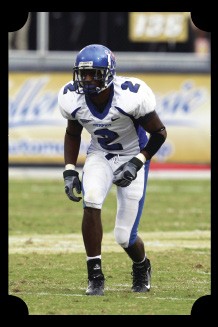 by Sideline Sports
by Sideline Sports
Brandon Patterson
Certain to get plenty of both this and that is junior Duke Calhoun, a preseason all-conference selection by C-USA coaches. Barring injury and presuming he sticks around for his senior season, Calhoun will do to the Tiger pass-catching records what DeAngelo Williams did to the rushing chart. With 44 catches and 553 yards, Calhoun will pass Damien Dodson (147 catches) and Earnest Gray (2,123 yards) as the most prolific receiver in U of M history. (Calhoun caught 62 passes a year ago for 890 yards.) “I just go out there and play hard,” says Calhoun. “If I break records, I break them.”
“Duke’s a big-play guy,” emphasizes West. “He’s capable of blowing a game open at any time. We have to make sure he’s well; he had trouble with his knee, so he should be better than ever [after surgery].”
Mentioning the names of other receivers — Carlos Singleton, Steven Black, Maurice Jones, and Earnest Williams — West stresses, “You can’t double up on anyone. We’re just really talented at that position.”
Calhoun describes his fellow wideouts as “a pack” and dismisses any thought of one player needing — or asking for — more action than another. “We do a three-in, three-out rotation,” explains Calhoun. “We’re all leaders, and we all look out for each other.”
As for his new quarterback, Calhoun envisions a seamless transition from Hankins to Hall, with perhaps an extra dash of late-play drama thrown in. “[Hall] is impressive,” says Calhoun. “He can move, get away from people. He’s a thrower first, runner second, but he can move in the pocket, so a play is never over.”
There will be plays this fall when Calhoun and his cohorts finish a pattern, then have to break into an alternative route when Hall escapes a pass rush. Such are the type of game-changing plays upon which Calhoun has come to thrive. “We have to look for it, expect it, and make a big play happen,” says Calhoun.
Every college football coach — and every player — is optimistic on Labor Day. For the 2008 Memphis Tigers, it will be after the mercury finally drops that Tommy West and his squad get a true sense of this team’s chances to extend a decade of success unseen in these parts since Lyndon Johnson was in the White House.
“The most excitement for me,” explains West, “is the expectation level. It’s legit. I don’t like false talk. Through the years here, with our success, we’ve raised the bar. When we started, we talked about getting to a bowl game. We just wanted to get to a bowl game. Then we wanted to get back to a bowl game. Then we wanted to be a team that consistently plays in bowl games. Now, we’re there. The talk now is that we want to win a championship. We want to play in the [postseason] Liberty Bowl.”
“We have good team chemistry,” adds Patterson. “In years previous, we’ve had chemistry, but there’s something special about this team. We’re just really determined to go after a conference championship.”
As year eight of the Tommy West era opens in Memphis, the coach is emboldened by the growth of his program but convinced work remains to be done.
“I don’t know that you’re ever satisfied,” he says. “I take great pride in where we are, because of where we started. But I’m more committed now than ever to getting us to the next place. I’m pleased with what’s been accomplished, but in no way, shape, or form have we maxed out.”
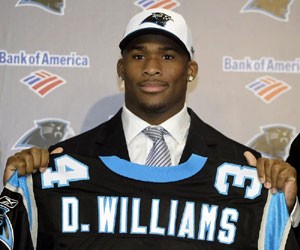
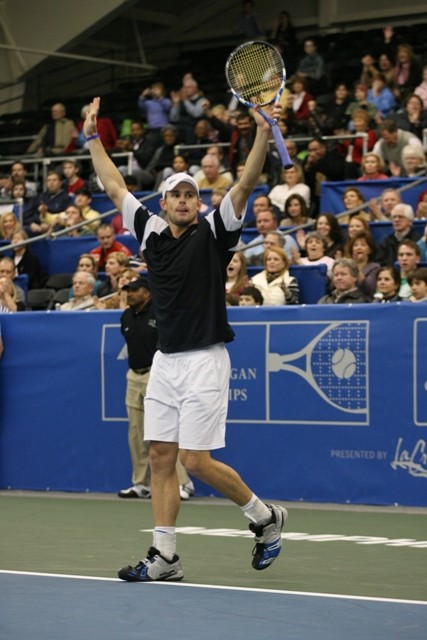
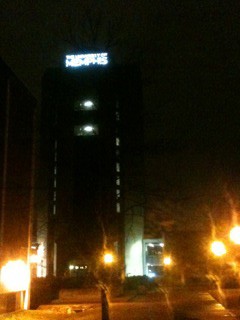
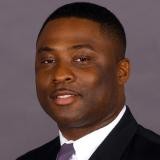
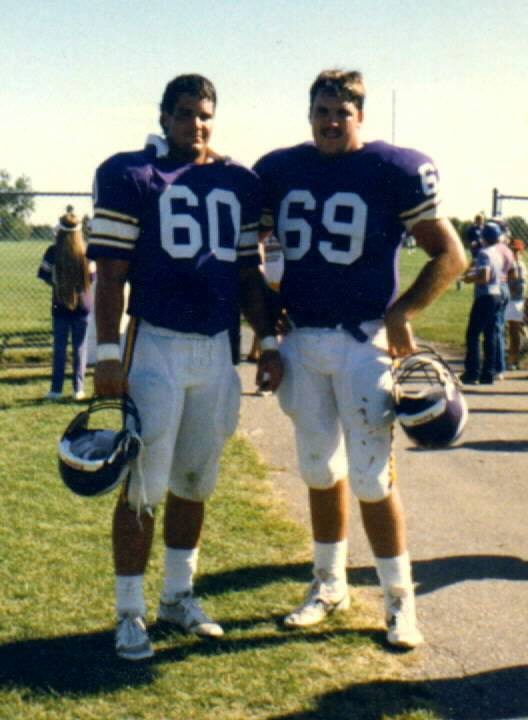



 by Joe Murphy
by Joe Murphy  by Joe Murphy
by Joe Murphy  by Sideline Sports
by Sideline Sports